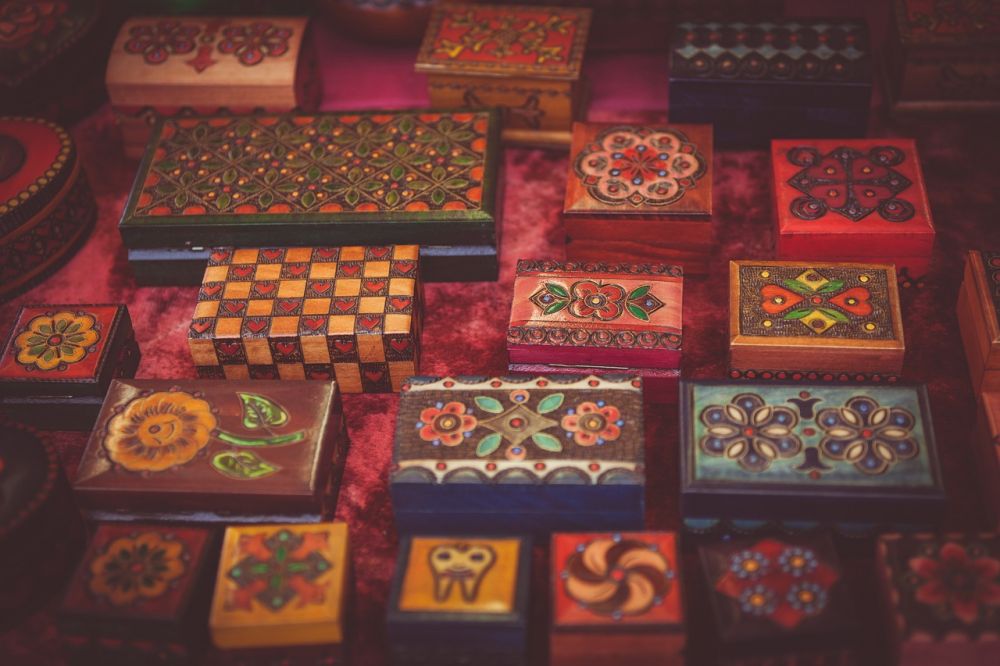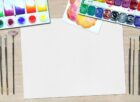Material Design: A Comprehensive Guide to Modern Design Principles

Introduction
In today’s digital era, the design of user interfaces plays a crucial role in capturing users’ attention and delivering an exceptional user experience. Material Design has emerged as a popular design language that combines aesthetics and functionality to create visually appealing and intuitive user interfaces across various platforms. This article aims to provide a thorough understanding of Material Design, its different types, quantitative measurements, differences between variations, and a historical review of its pros and cons.
What is Material Design?

Material Design is a design language developed by Google in 2014 with the goal of creating consistent user experiences across different devices and platforms. It draws inspiration from the physical world, mimicking the feel of real-life materials such as paper, glass, and ink. By utilizing realistic motion and responsive interactions, Material Design strives to offer users a seamless and visually engaging experience.
Types of Material Design
There are several variations of Material Design designed for different platforms and purposes. Here are some popular types:
1. Material Design for Android: This version of Material Design is specifically tailored for Android devices, adhering to the guidelines set by Google. It emphasizes the use of bold colors, responsive animations, and intuitive navigation patterns.
2. Material Design for Web: As the name suggests, this variation focuses on bringing Material Design principles to web interfaces. It offers responsive layouts, consistent typography, and interactive transitions to enhance the user’s browsing experience.
3. Material Design for iOS: While primarily intended for Android, Material Design has also been adopted for iOS applications. This adaptation blends the principles of Material Design with Apple’s Human Interface Guidelines, delivering a unique and visually rich experience for iOS users.
Quantitative Measurements in Material Design
Material Design emphasizes the use of quantifiable measurements to create harmonious and visually pleasing interfaces. Some key quantitative aspects include:
1. Elevation and Dept Material Design introduces the concept of elevation to simulate depth and hierarchy in the user interface. Elements with higher elevation appear closer to the user, creating a sense of visual hierarchy and depth.
2. Grid System: A grid system ensures consistency and alignment across different elements of the user interface. By using a grid, designers can achieve balance and proportion in their layouts, resulting in a more organized and structured appearance.
3. Typography: Material Design places great emphasis on typography. It defines different font sizes, weights, and spacing guidelines to ensure legibility and readability across different screen sizes and resolutions.
Differences in Material Design Variations
Despite sharing the same design principles, Material Design variations can differ in their implementation and visual style. These differences arise due to the unique characteristics and design guidelines of each platform. For instance:
1. Android Material Design vs. iOS Material Design: While both variations adhere to Material Design principles, Android Material Design tends to have a bolder color palette and more pronounced animations, aligning with Google’s design philosophy. In contrast, iOS Material Design combines the principles of Material Design with Apple’s design language, resulting in a more subtle and refined visual experience.
2. Material Design for Web vs. Mobile: Material Design for web focuses on creating responsive and scalable interfaces, utilizing features such as adaptive layouts and responsive typography. On the other hand, mobile implementations of Material Design prioritize touch interaction, gesture-based navigation, and animations optimized for mobile devices.
Historical Overview of Pros and Cons
Over the years, Material Design has garnered both praise and criticism. Some advantages of Material Design include:
1. Consistency: Material Design promotes consistency across platforms, ensuring that users have a familiar experience regardless of the device they are using.
2. Intuitiveness: The use of real-life metaphors and intuitive animations makes Material Design easy to understand and navigate for users.
3. Enhanced Engagement: Material Design’s visually appealing elements, such as shadows and animations, can captivate users’ attention, thereby increasing engagement.
However, there are also drawbacks to consider:
1. Platform Limitations: Adapting Material Design to different platforms sometimes requires sacrificing certain design elements or compromising platform-specific guidelines.
2. Design Uniformity: While consistency is a positive aspect, some argue that Material Design can result in a lack of uniqueness and individuality in app design.
3. Learning Curve: Implementing Material Design can be challenging, especially for designers who are accustomed to different design languages or frameworks.
Conclusion
Material Design has undoubtedly revolutionized the way we design user interfaces, providing a cohesive and visually stimulating experience across various platforms. By understanding the core principles, different variations, quantitative measurements, variational differences, and historical pros and cons of Material Design, designers can unleash their creativity while adhering to established industry standards. Incorporating Material Design principles into future projects will enable designers to create visually stunning and user-friendly interfaces that resonate with users in the digital age.
– In this video tutorial, we explore the fundamental principles of Material Design and demonstrate how to incorporate them into your design workflow. Watch the video to learn how to enhance your user interfaces with Material Design elements and animations.]











